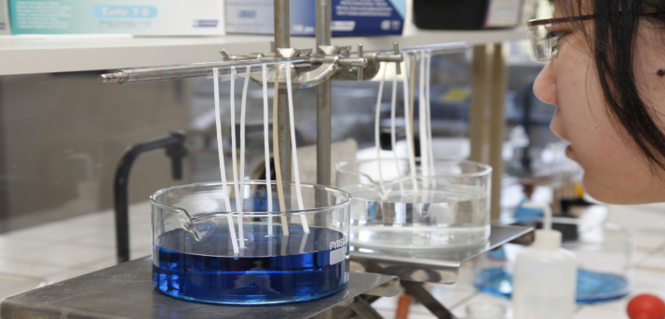The FeetMe® Insoles System: Repeatability, Standard Error of Measure, and Responsiveness
Résumé
Background: Three-dimensional motion analysis using optoelectronic cameras and force platforms is typically used to quantify gait disorders. However, these systems have various limitations, particularly when assessing patients in an ecological environment. To address these limitations, several wearable devices have been developed. However, few studies have reported metrological information regarding their repeatability and sensitivity to change. Methods: A healthy adult performed 6 min walking tests with FeetMe® system insoles under different walking conditions overground and on a treadmill. The standard error of measurement (SEM), the minimum detectable differences (MDDs), and the effect size (ES) were calculated for spatio-temporal parameters, and the ground reaction force was calculated from the 16,000 steps recorded. Results: SEM values were below 3.9% for the ground reaction force and below 6.8% for spatio-temporal parameters. ES values were predominantly high, with 72.9% of cases between overground and treadmill conditions with induced asymmetry, and 64.5% of cases between treadmill conditions with and without induced asymmetry exhibiting an ES greater than 1.2. The minimum detectable differences ranged from 4.5% to 10.7% for ground reaction forces and 2.1% to 18.9% for spatio-temporal parameters. Conclusion: Our study demonstrated that the FeetMe® system is a reliable solution. The sensitivity to change showed that these instrumented insoles can effectively reflect patient asymmetry and progress.
Domaines
Chimie| Origine | Fichiers éditeurs autorisés sur une archive ouverte |
|---|---|
| licence |



